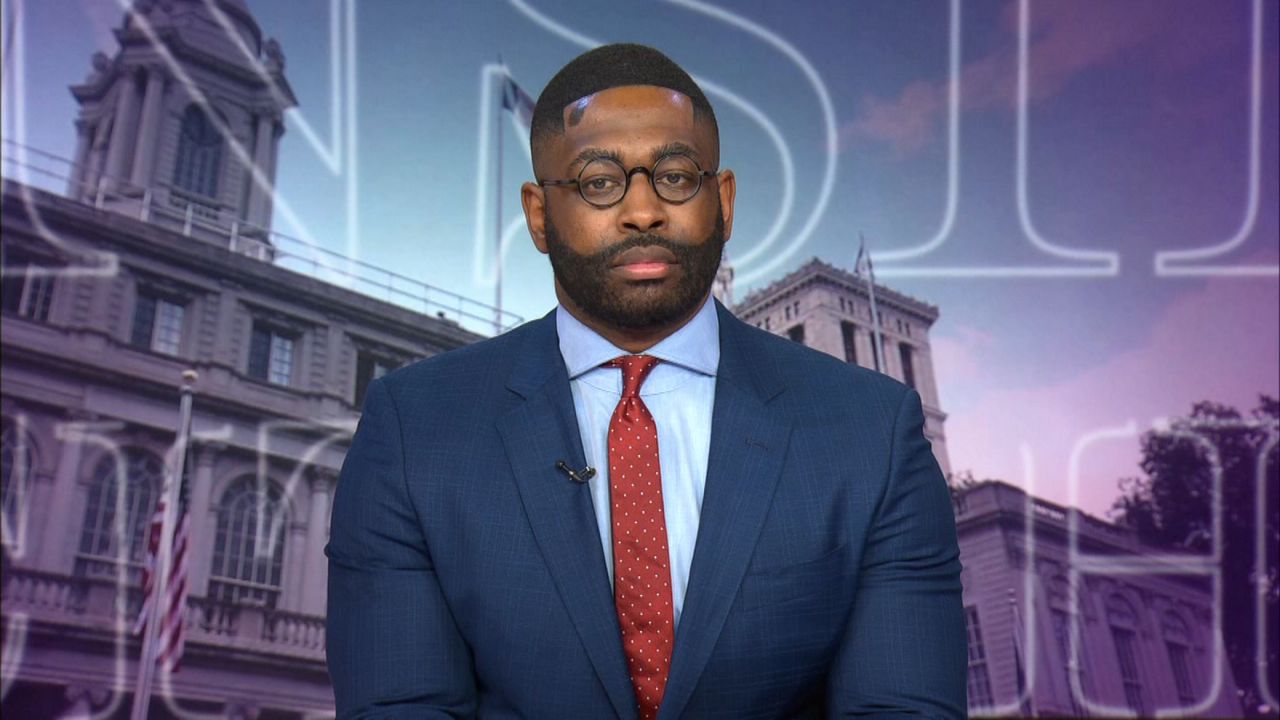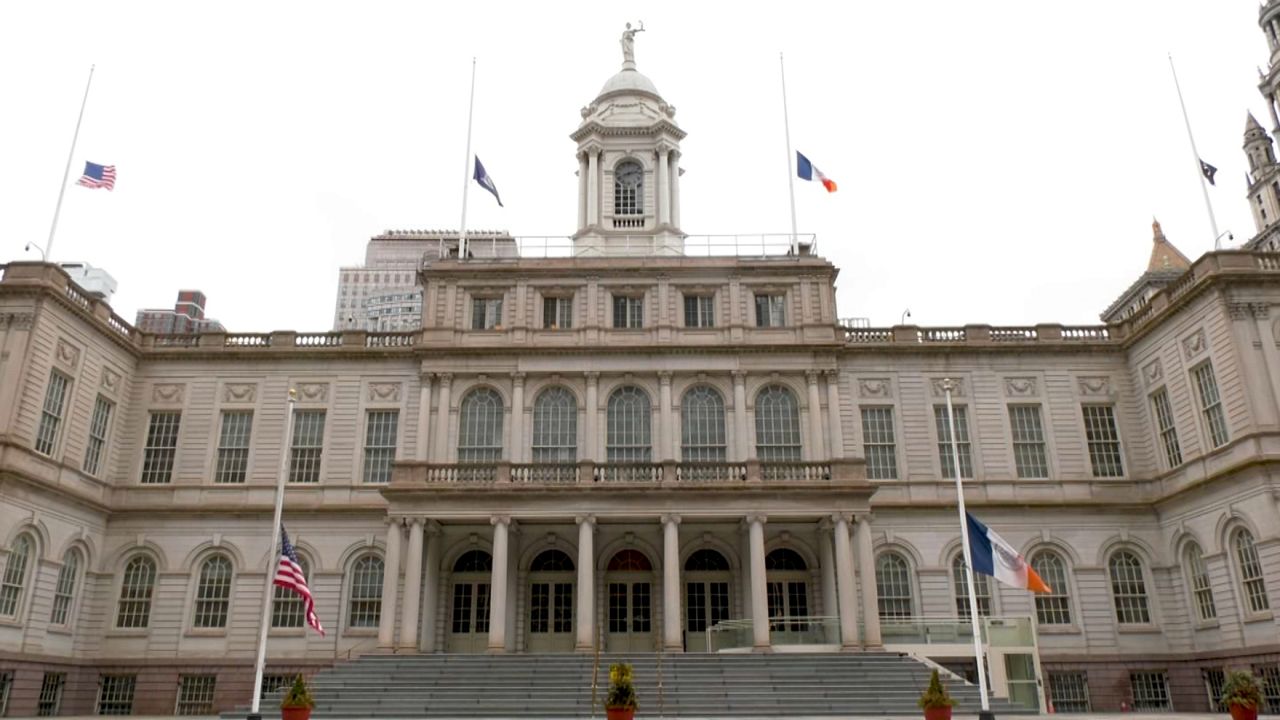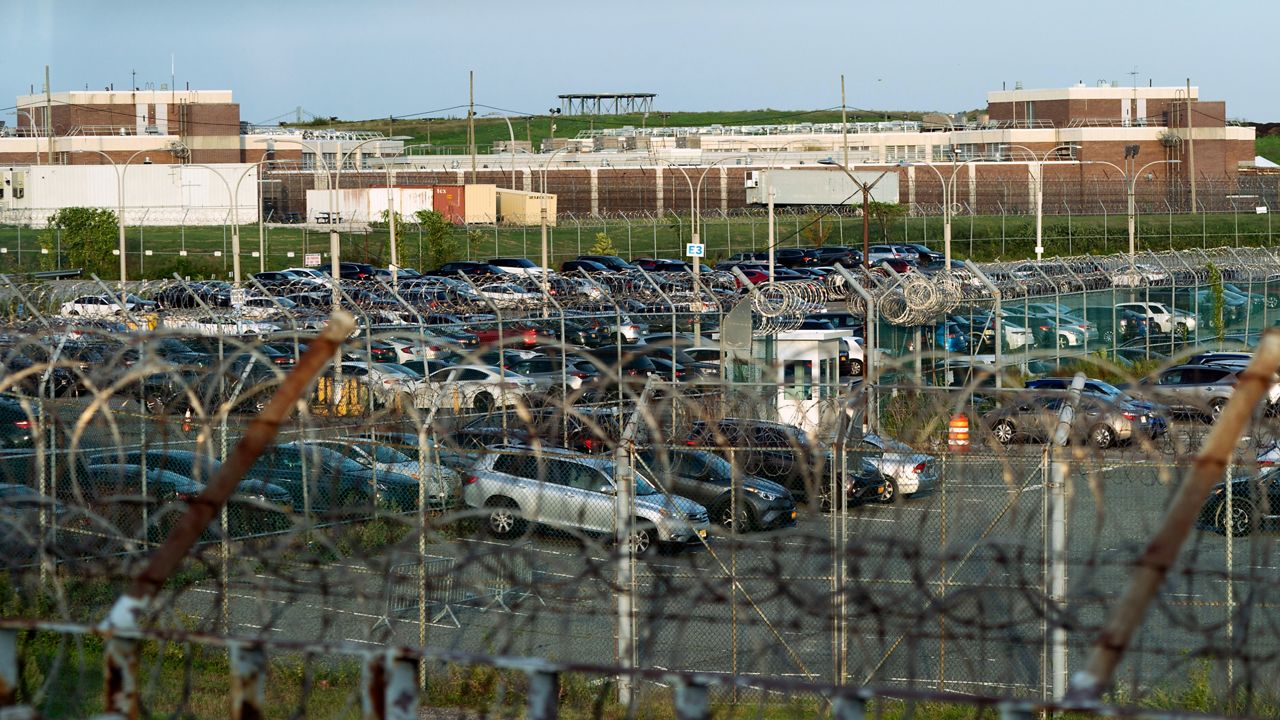Since the pandemic, getting an online package has become an almost daily occurrence for many New Yorkers.
But with that increase has also come more trucks on city streets.
The increase has led to lawmakers pushing the administration to make updates to the long-standing truck routes that have led to low-quality air and safety concerns.
At one point, chair of the transportation and infrastructure committee, Councilwoman Selvena Brooks-Powers asked: “In changes to the New York City truck route map, how are safety, equity and health concerns considered?”
To which the city openly acknowledged that they haven’t been always focused on the environmental impact of the routes.
“I can talk about how we will talk about it but the honest answer is that we haven’t done alot of work on this in the past and it’s something we agree, we should be doing,” Eric Baton, Deputy Commissioner for Transportation and Planning at the Department of Transportation, said.
Since the start of the pandemic, truck traffic has significantly increased, with an average of 120,000 trucks crossing into the city daily.
DOT officials say that their focus in recent years has been on expanding residential loading zones, expanding the use of cargo bikes and implementing a pilot program of delivery hubs to decrease how long trucks are on city streets.
Notably, trucks making deliveries can use non-designated streets at their discretion.
“In areas where we do not have truck routes, truck drivers can still travel to get to their final destinations but may do so on any street that provides a direct connection without regard for size or land use on that street and will do so when serving homes and businesses all over the city,” Beaton said, while clarifying the meaning of a truck route.
Lawmakers also pushed the city on what they say is a lack of enforcement of illegally parked trucks that residents say are taking up valuable space.
“I know people calling me from Queens, how many have you towed because I’ve seen them parking for months, for years some of them,” Councilwoman Mercedes Narcisse said, who represents parts of Southern Brooklyn that she argues is inundated with illegal trucks.
The NYPD testified that summonses and tows have been on the rise with most tickets being given for moving violations.
The city said it is also looking at city-owned land to be used as truck parking lots.
One official noted that while weighing the challenges, the rise in delivery of goods has made the city more affordable.
“We do think that deliveries are what’s making New York City a livable place right now. That in a lot of communities might be the best way to get goods and part of what makes living in parts of the city more affordable,” Beaton said.
Monday’s hearing was the first step before lawmakers introduce formal legislation aimed at improving the city’s traffic.









